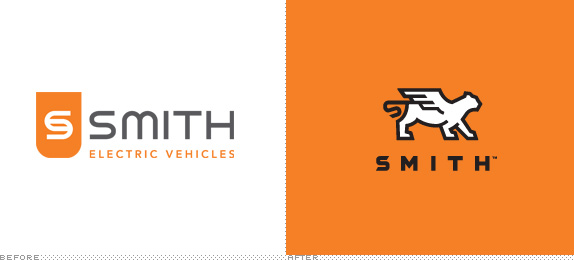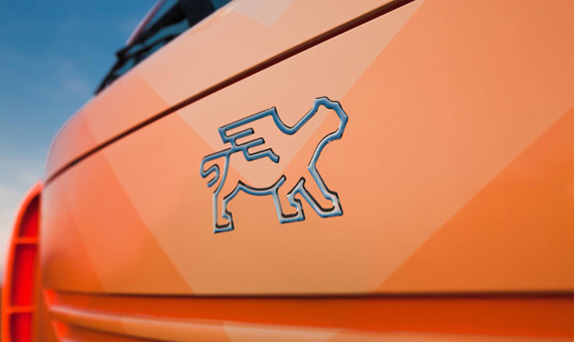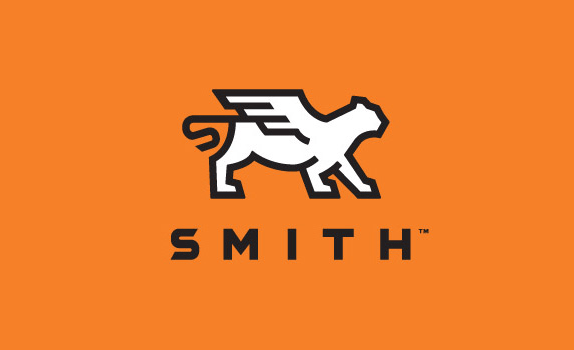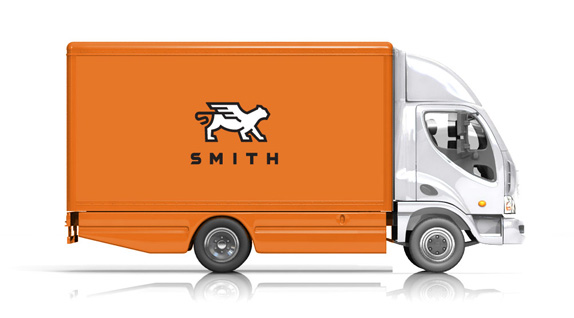
Established in 1920 in the UK, where their first vehicles were "milk floats" deployed by dairies for deliveries in London, Smith Electric Vehicles is one of the leading manufacturers and marketers of zero-emission commercial electric vehicles, specializing in trucks for corporate fleets to companies like PepsiCo's Frito-Lay division, Coca-Cola, and Staples. Smith was launched in the US in 2008 and in 2011 the American corporation purchased the UK parent company and in order to establish a consistent global brand, Smith introduced a new identity in November, designed by San Francisco, CA-based Strohl.

One of the original "milk floats" from the 1940s-50s (shown repurposed as a food truck).


The resulting brandmark, a winged tiger, communicates the core values of the company: innovation, impact and unity, and reflects the company's 80 year heritage and passion of its employees.
The tiger has long been a symbol of power and agility--attributes at the core of Smith's business. It is an extremely energy efficient creature, and can quickly access an extraordinary amount of power, using it in a calculated and efficient manner. The addition of wings to the tiger adds an aspirational--almost mythical--aspect to the mark, underscoring the concept of balance in nature.
The orange color was carried over from the previous brand--maintaining continuity and differentiation for Smith amongst the "green-washed" world of sustainable branding. The typography is bold with strong that are implemented elsewhere as part of a larger graphic system.
— Strohl Case Study


The previous logo was a decent effort despite a slightly confused "S" monogram and a lowercase "m" where an uppercase one should have been. In contrast to the new one, however, it's amazing how uninspiring and generic it was. I love the simplicity and boldness of the new icon, it feels strong and confident, and it gives Smith a story to tell. I am a sucker for bold strokes and this winged tiger is captured successfully with a minimal amount of vector points. The typography, matching the thickness of the stroke, works perfectly in unison with the icon and has just the right amount of customization in the "S" and its angles to make it particular to Smith. In application, whether on the business card or the side of a truck, the logo, type, and color serve as a strong identifier that doesn't rely on "green" clichés focusing instead, as it should, on the strength and values of the product and company.


Sub-branding for proprietary technologies within the truck (battery, drive train, software/diagnostics).

President Obama visiting the Smith Kansas City plant in 2010.

Don't forget to cast your vote about this post online



















